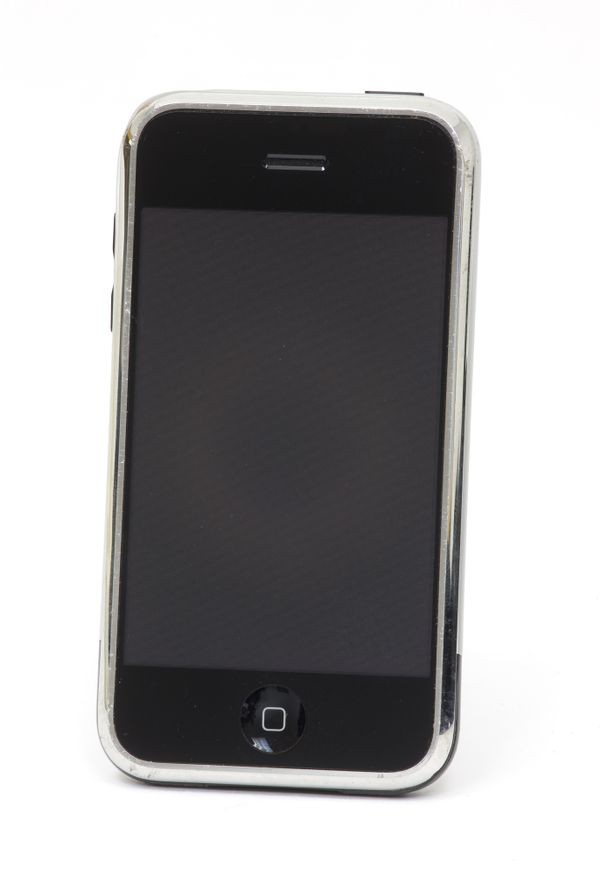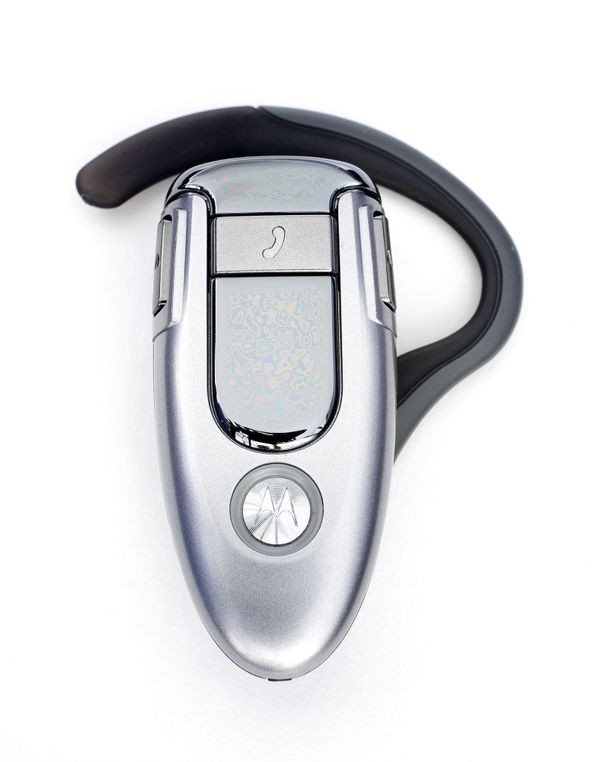Internet in Your Pocket
Buying a soda with an i-mode phone
i-mode phones could serve as mobile electronic “wallets.” Early devices looked like conventional phones, but pushing the “i” (information) mode button opened the browser, and a whole new set of options.
Internet in Your Pocket: Japan Leads the Way
Japanese mobile phone operator NTT DoCoMo created the i-mode networking standard for mobile data in 1999. By 2002, over 34 million subscribers were using it on their phones for web access, e-mail, mobile payments, streaming video, and more.
The i-mode protocols, a simplified version of the standard HTML web language, were designed to work well with devices having small screens, limited buttons, and no keyboard.
Other systems like WAP (Wireless Access Protocol), had fewer customers, but all of them contributed to bringing mobile browsing to a mass market.
Computer Chic
The things we carry with us, like a purse or a watch, become part of our identity. At the right time, and with the right crowd, an Osborne 1, a PalmPilot, or an Apple iPhone could not only make you more productive, it could make you “cool.”
Paris Hilton posing with decorated phone
Few electronics devices get embellished beyond an aftermarket case. But people deck out mobile phones and smartphones with colorful skins, stickers and dangling charms. Luxury brands offer gold-plated and diamond-studded models.
View Artifact DetailOriginal iPhone
The iPhone’s phenomenal popularity created a new computing platform that brought both mobile Web browsing and a touch interface to a larger audience. It was as dramatic a success as Newton had been a failure. Both machines were designed by Apple’s Jonathan Ive.
View Artifact DetailDevice Talks to Device
Wireless networking connects mobile users to the larger world. On a smaller scale, it also eliminates the cords that connect our devices—phones, tablets, and laptops—to a constellation of peripherals such as headsets and mice.
Bluetooth, begun by Ericsson in 1994, became the most common standard for these short-distance links.
Headset using Bluetooth wireless
Ericsson developed a low power wireless standard for headsets and other devices in 1994 and dubbed it Bluetooth, the nickname of a 10th century Danish king who united clashing tribes. The standard similarly avoids having devices clash.
View Artifact DetailBenefits and Consequences
Any advanced technology brings a potential for misuse. If you text while driving, it’s not your phone’s fault.
Connected mobile computing brings both benefits and risks. But with appropriate care to avoid abuses and irresponsible use, access to information, people, and services from anywhere can make us more productive and safer.
Fatal train wreck
This tragic accident killed 25 and injured 135. The engineer of the crowded commuter train may have been distracted; he had been texting to railroad enthusiasts before running a red light and hitting a freight train head-on.
View Artifact Detail



